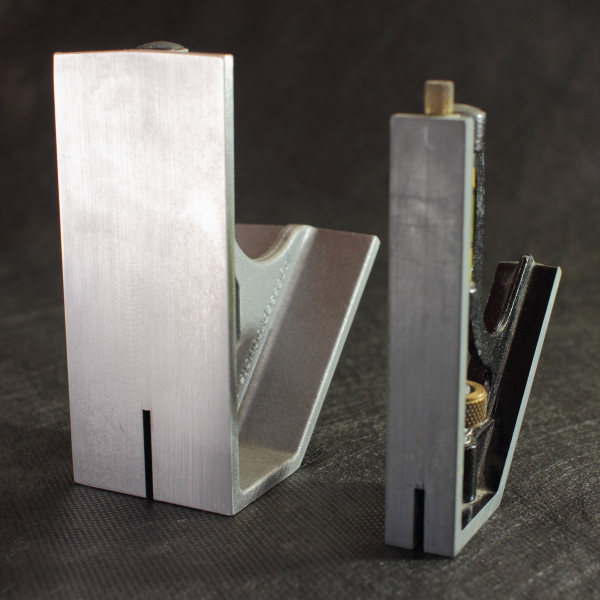Rebar, or reinforcing bar, is a fundamental element in the construction industry, primarily used to reinforce concrete and masonry structures. Its main function is to provide additional strength and support, ensuring the longevity and durability of buildings and infrastructure. This article explores the essential aspects of rebar, answering common questions and highlighting its importance alongside related materials like geotextile.

What is Rebar and Why is it Important in Construction?
A rebar is a steel bar used to reinforce concrete. While concrete is strong in compression, it is weak in tension. Rebar addresses this weakness by providing the necessary tensile strength, creating a composite material that is strong, durable, and capable of bearing substantial loads. The use of rebar is critical in construction projects such as buildings, bridges, roads, and dams, ensuring these structures can withstand various stresses over time.
How is Rebar Installed in Concrete Structures?
Rebar installation involves several steps to ensure proper reinforcement. First, the design and placement of rebar are planned according to structural requirements. The rebar is then cut and shaped to fit the specific dimensions of the project. During construction, the rebar is placed within the formwork where concrete will be poured. To maintain its position and ensure optimal performance, rebar is often tied together with wire and supported by spacers. Once the rebar is in place, concrete is poured over it, embedding the rebar and creating a reinforced structure. Proper installation is crucial to prevent issues such as corrosion and structural failure.
What Types of Rebar are Used in Construction?
There are several types of rebar, each suited for specific applications:
- Carbon Steel Rebar: The most common type, known for its versatility and strength.
- Epoxy-Coated Rebar: Used in environments prone to corrosion, such as marine or saline conditions.
- Stainless Steel Rebar: Offers excellent resistance to corrosion, used in highly corrosive environments.
- Glass-Fiber-Reinforced-Polymer (GFRP) Rebar: Lightweight and non-corrosive, ideal for areas where metal rebar would deteriorate.
- Welded Wire Fabric (WWF): Prefabricated grids of rebar used for reinforcing slabs and walls.
Each type of rebar has its unique properties and is selected based on the specific requirements of the construction project.
How Do Rebar and Geotextile Work Together in Construction?
Rebar and **geotextile** are often used in tandem in construction projects to enhance structural integrity. While rebar provides tensile strength to concrete structures, geotextile plays a different yet complementary role. Geotextile, a permeable fabric, improves soil stability, provides erosion control, and aids in drainage. In foundation work, geotextile can be placed beneath concrete slabs to prevent soil erosion and provide a stable base. In road construction, geotextile layers help distribute loads and reduce stress on the underlying soil, while rebar reinforces the concrete pavement, ensuring a durable and long-lasting roadway.
Rebar is an indispensable element in modern construction, providing the necessary tensile strength to concrete structures. Its proper installation and use are vital to the structural integrity and longevity of buildings and infrastructure. Understanding the different types of rebar and their specific applications helps in selecting the right material for each project. Additionally, the integration of geotextile with rebar in construction projects further enhances the stability and durability of structures. By combining these materials, engineers and builders can create robust, resilient structures capable of withstanding various environmental stresses.